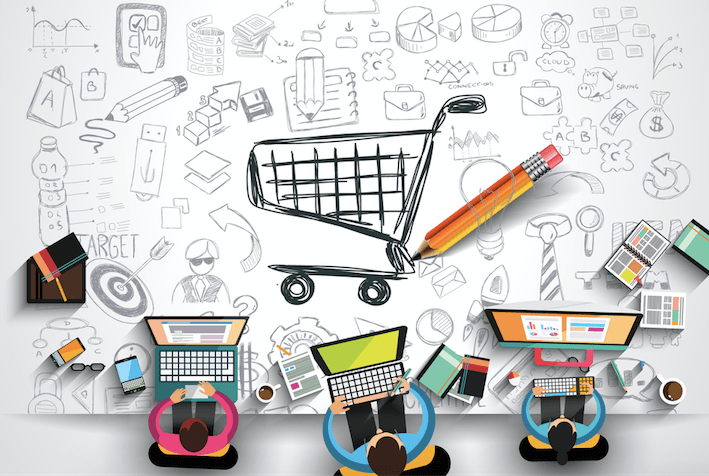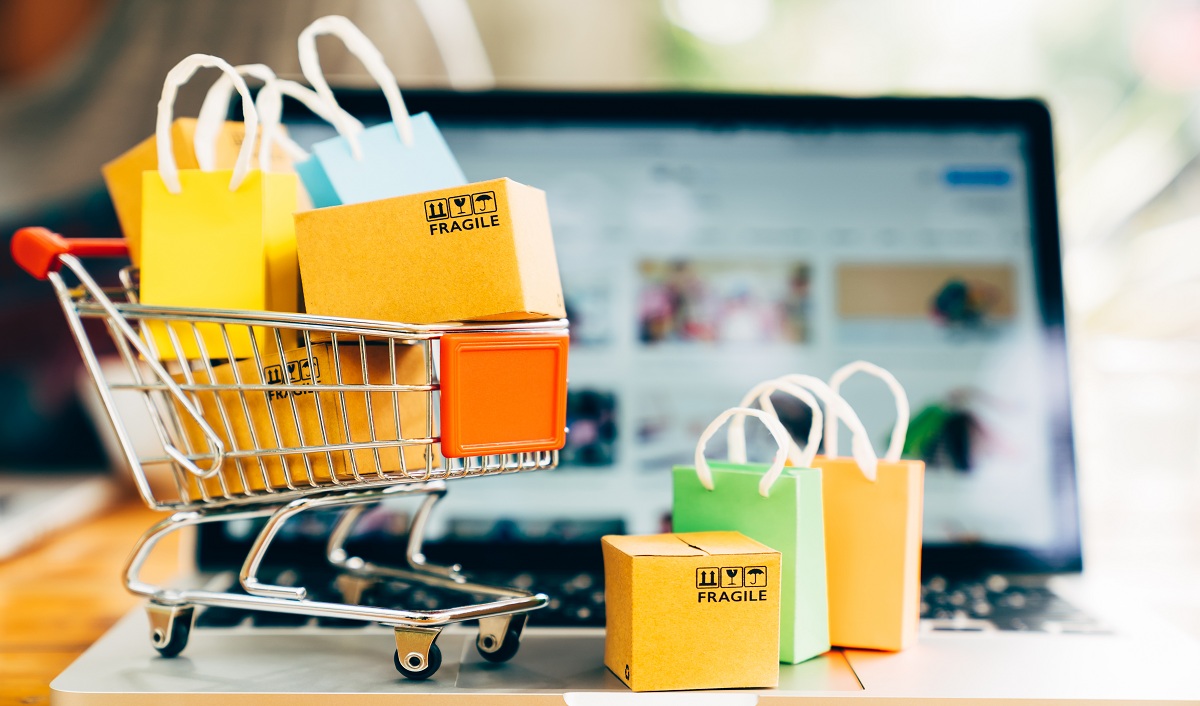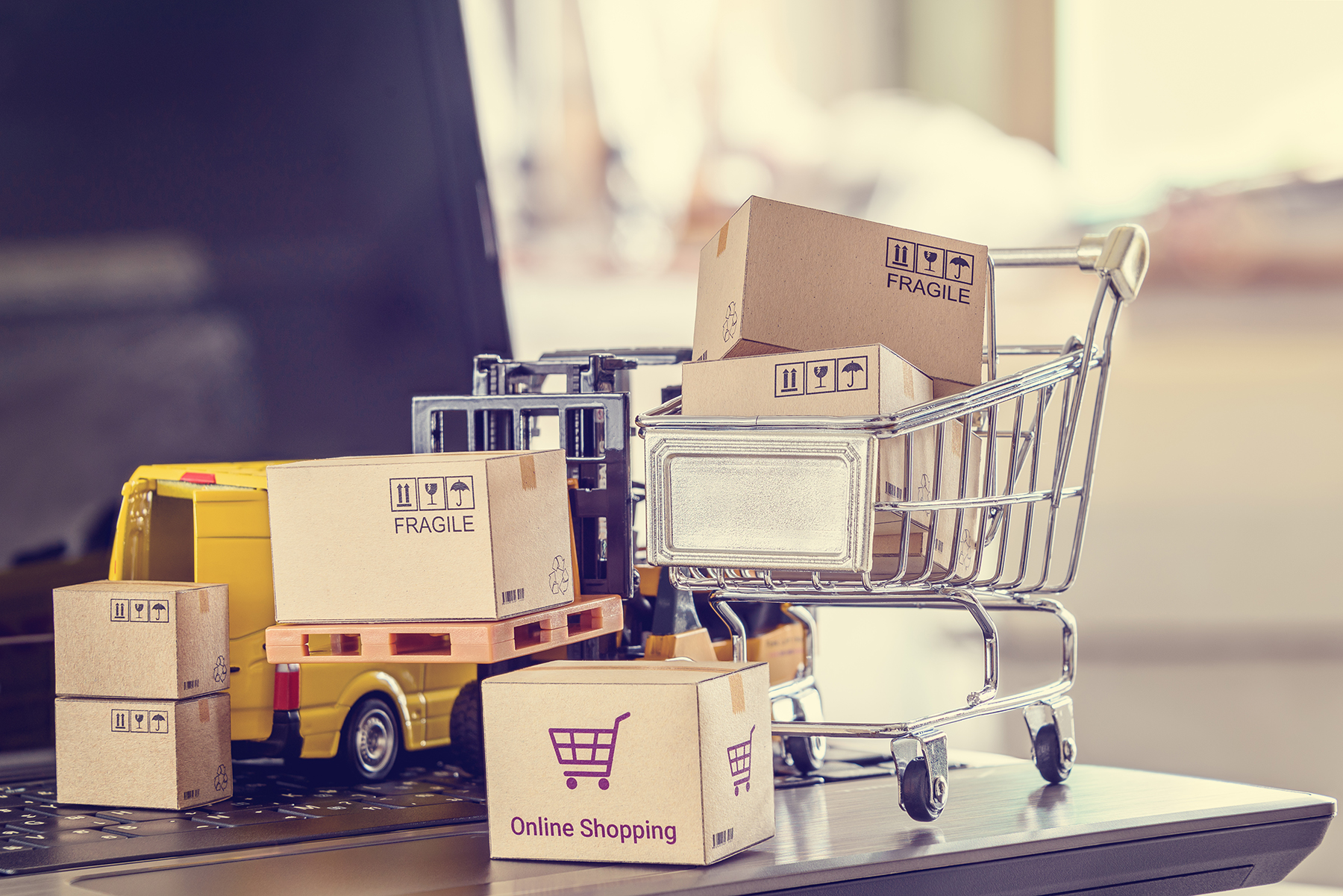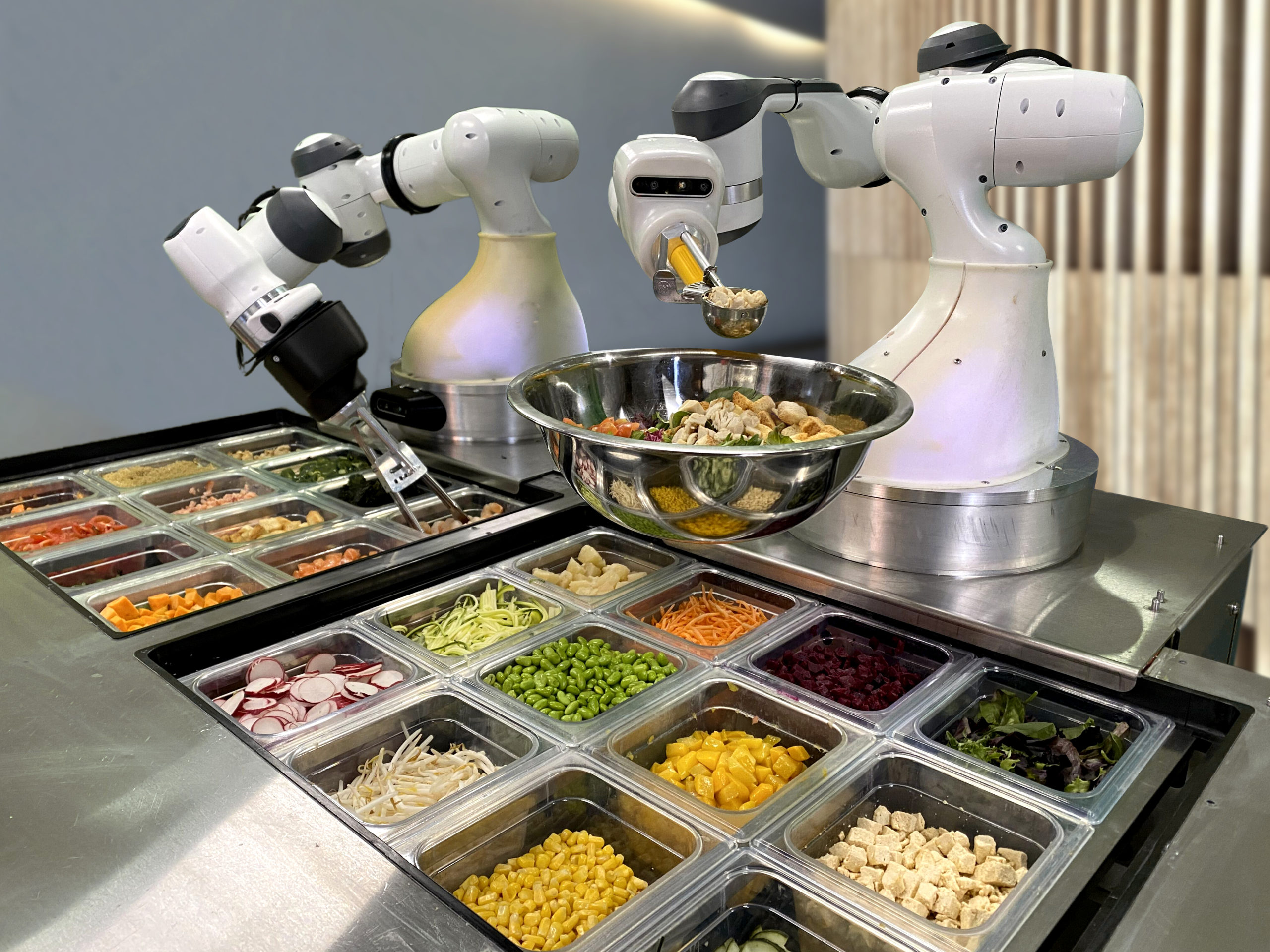Global Trends Transforming the Consumer Goods and Retail Industries

The expansion of the consumer packaged goods (CPG) business during the last quarter-century has been nothing short of spectacular. Companies in the consumer packaged goods industry have developed creative products to fulfill an ever-increasing range of human needs and aspirations. They have rapidly expanded into the developing world's booming consumer markets. They've aggressively created global scale throughout every section of the value chain to make this fast growth conceivable and lucrative. These methods, as well as enhanced margins and portfolio weightings toward fast-growing areas, have resulted in outstanding shareholder returns. However, the past is no predictor of the future. Upheavals in global consumer and supplier markets are anticipated to produce as many losers as winners among CPG companies during the next decade.
The strategic decisions that have led to the industry's success
Before judging future trends, it's essential considering what has fueled the industry's remarkable performance in recent decades. For example, over the last 25 years, US-listed CPG companies have raised total returns to shareholders (TRS) by an average of 10% each year, surpassing not only the broader S&P 500 index but even high-growth industries like information technology, energy, and telecom. To be sure, this expansion has been fueled by continually expanding incomes and populations, especially in emerging nations. Leading CPG companies, on the other hand, haven't just followed economic and demographic trends; they've actively predicted them in their strategy and investment decisions.
The coronavirus outbreak has expedited the expansion of e-commerce, changed the brick-and-mortar retail sector, and created new operational challenges for firms in just a few months. It would have been difficult to imagine such a drastic shift even a year ago.
The industry is hungry for a better understanding of the future against this backdrop of change. While the causes that drive the industry are numerous, customer preferences, technological advancements, economic upheavals, and market pressures can all be identified as key trends.
Premiumization and Commoditization
Consumers now have more options, competition is expanding, and industry convergence has altered business dynamics. COVID-19 has accelerated this trend, with dollar sales of private-label products rising 15% year over year in the first quarter of 2020 across all retail outlets. While inexpensive products still account for the majority of private-label sales, premium private labels have grown in popularity, rising from 15.7 percent to 19 percent in the last three years.
Consumer choices will likely be influenced in the future by a widening income divide and the fact that purchasing behaviors and drivers shift by category when consumers' finances deteriorate.
Shapeshifting In The Real World
Physical retail businesses were changing even before the pandemic, with the average square footage per store decreasing every year from 2010 to 2018. When COVID-19 struck, over 60% of retail space in the United States was forced to close for the time being. Consumer spending is at an all-time low, and that, along with pre-existing balance sheet issues, might mean that some temporary store closures become permanent.
The role of the physical business is set to shift as the epidemic generates growing consumer demand for buy-online/pick-up-in-store solutions. To address the demand for curbside pickup, many merchants have already transformed their storefronts into order fulfillment facilities.
Digital Earnings That Are Difficult To Come By
Since the outbreak, the expansion of digital commerce for retail and consumer goods has intensified. Online sales reached $66.3 billion in July, up 55 percent year over year. Mobile sales have been increasing for a while, accounting for over 75% of the $72 billion in e-commerce growth in 2019. However, because revenue per visit on mobile is 3.8 times lower than desktop-based e-commerce, this move has had a significant negative impact on traditional business KPIs. While the appeal of digital expansion remains great, the ability to pursue and manage that growth financially is under tremendous—and ever-increasing—pressure.
Convenience
Consumers are nine out of ten times more likely to choose a shop based on convenience, with convenience accounting for 43 percent of all online sales in the United States. According to Deloitte's State of the Consumer Tracker report, nearly half of customers are willing to spend more money in exchange for convenience as a result of the epidemic.
Today, "convenience" entails "contactless purchasing," "same-day delivery," and "availability of inventory." Since the outbreak, there has been an increase in mobile payment usage, delivery app downloads, and demand for buy-online, pick-up-in-store options—all of which are likely to continue.
The Digital Consumer's Ascension
While technology has aided in the expansion of the consumer products business, it will be genuinely disruptive in the next ten years. CPG companies face some strategic questions in figuring out how to win in this new digital world, such as how to build a successful business through online retail channels, how to build brands in a socially networked world, and how to exploit technology-driven opportunities to better understand consumers and connect with them more frequently. CPG firms must step up their game with online retailers in order to gain a fair piece of this fast developing channel. To manage their online shelf space, launch collaborative targeted promotions, and generally expand the category online, they must cooperate closely with retailers.
The Effect Of Changing Demographics On Purchasing Habits
While the consumer markets' center of gravity will inexorably shift toward the developing globe over the next decade, all markets will experience significant demographic changes. The world's population, in particular, is rapidly aging. To fulfill the needs of elderly consumers, CPG companies will need to go outside the box. Unilever's Dove, for example, just released Pro-Age, a collection of deodorants, hair-care products, and skin-care items aimed at female consumers aged 54 to 63. ConAgra's Golden Cuisine brand, which offers nutritionally balanced food in packaging with large, easy-to-read fonts, is aimed at seniors in the packaged food market.
Health And Long-Term Viability
Consumer spending patterns for health-related products have changed dramatically as a result of COVID-19. In recent months, more than 40% of customers have boosted their expenditure on hygienic items such as hand sanitizer and medicines. Furthermore, sales of sustainable items and organic produce have increased, but it is unclear whether consumers like these products or merely bought them because alternative options were out of stock. In the future, as in the past, income disparities will undoubtedly play a significant role in the expansion of the health and sustainability businesses.
Conclusion
While the future of retail and consumer products is unknown, a close examination of data and macro dynamics indicates certain key trends for the industry. CPG companies will face structural upheavals on both the demand and supply sides in the coming decade that are likely to be more disruptive than any in recent history. Industry leaders can set a course for growth—even in a disruptive market—by attempting to comprehend the patterns that affect their firms.











